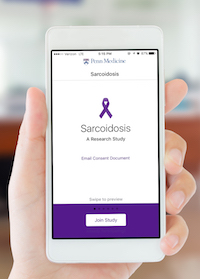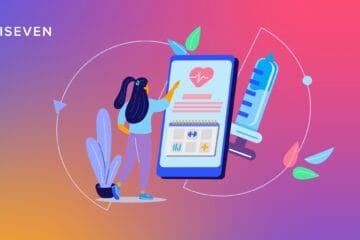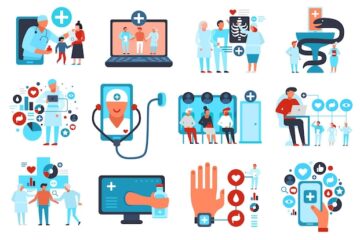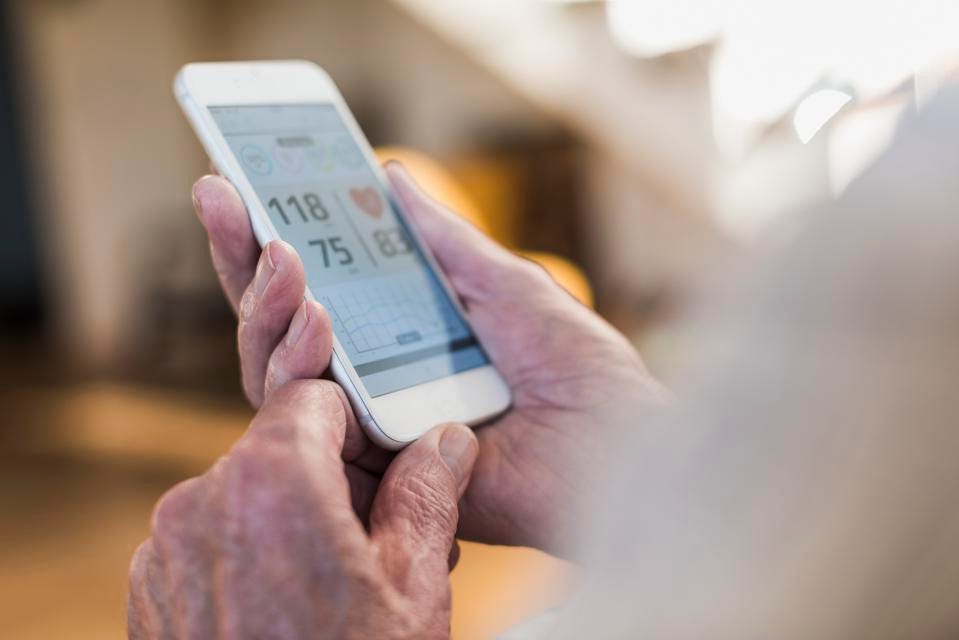 A new App is available for patients with sarcoidosis. The App was developed by Misha Rosenbach, MD, assistant professor of Dermatology in the Perelman School of Medicine in Philadelphia and Daniel O’Connor, a fourth-year medical student at University of Pennsylvania.
A new App is available for patients with sarcoidosis. The App was developed by Misha Rosenbach, MD, assistant professor of Dermatology in the Perelman School of Medicine in Philadelphia and Daniel O’Connor, a fourth-year medical student at University of Pennsylvania.
The App can be downloaded on itunes.
The App was made in coordination with the Foundation for Sarcoidosis Research, which will help ensure this specific patient population is aware of the App and the resources it can provide.
In an exclusive interview with Rare Disease Report, Dr Rosenbach talks about sarcoidosis and the purpose of the App for those patients.
Contents
- 1 Rare Disease Report: What is sarcoidosis?
- 2 What is the purpose of the App?
- 3 Can the App be used to conduct research?
- 4 Can the App research be used by the patient or just the researchers?
- 5 In two years from now, how do you hope you’ll be using the App and the patients will be using the app?
- 6 Can you comment on the use of Apps in general to help us quantify and understand very rare disease?
- 7 Share this:
Rare Disease Report: What is sarcoidosis?
 Dr Rosenbach: Sarcoidosis is an inflammatory disease where patients tend to develop these lesions called granulomas which are kind of just big collections of inflammatory cells in multiple organs. And so it’s a rare disease and it happens in patients of all age groups and ethnic and racial backgrounds and all across the world.
Dr Rosenbach: Sarcoidosis is an inflammatory disease where patients tend to develop these lesions called granulomas which are kind of just big collections of inflammatory cells in multiple organs. And so it’s a rare disease and it happens in patients of all age groups and ethnic and racial backgrounds and all across the world.
About 90% of people with sarcoidosis have these granulomas in their lung. About 30% of people have them in their skin, and then people have them in their eyes, and sometimes people can have them in their heart, or brain. Depending on the organs that are involved with this inflammation depends kind of what clinical phenotype or clinical disease manifestations that the patients have.
But usually they’ll have some lung issues like a dry cough or chronic cough.
Patients who have skin disease tend to have kind of these kind of raised up pink or purple, sometimes scaly papules or bumps often on the face which can be disfiguring.
What is the purpose of the App?
The first thing that the app is designed to do is to provide patients with accurate information about the disease. So we’ve partnered with the Foundation for Sarcoidosis Research, and through the app, direct patients to up-to-date, properly vetted medical information about sarcoidosis.
The Internet is both wonderful but can also be terrible, and if you end up finding the wrong information or get linked to some less validated sites, sometimes patients can get bad information that leads them to not take care of themselves and do the right thing. Sometimes they can also find information and worry far too much. And sometimes with a lot of these rare diseases, what happens is patients also bounce around from doctor to doctor until they find the right person or someone who has experience with an uncommon disease.
Secondly, the app also works through the phone’s GPS to provide patients with a map of doctors in their area who are listed as comfortable with, or experts in, or familiar with managing patients with sarcoidosis. The App also lists local resources and support groups and patient support groups for patients with the disease in people’s area to help connect them to both medical information, skilled doctors, and other patients with the disease if they’re interested.

Can the App be used to conduct research?
What we’d like to do eventually is figure out what sets off people’s flares or what is the trigger, how long those flares are.
Right now we’re starting with just sort of proof of concept, can we use an app to collect data for a rare disease. So we’re starting very simple with a validated quality of life instrument specifically for patients with sarcoidosis to measure the impact of the disease and how they’re doing.
So, for patients who download the app, in addition to having all that mapping and medical information about sarcoidosis, patients can opt to participate surveys to check general trends in how the disease acts over time and how the disease impacts patients longitudinally.
Eventually, if we can show that we have enough app users then we can try to do some more sophisticated things such as pair patients quality of life with air quality or physical activity, etc.
Can the App research be used by the patient or just the researchers?
Patient:If you’re in the sarcoid app, people will see each time they answered a question, it stores it on their phone, their own personal data. If you can say, hey look, my symptoms were X or my lung symptoms were 7 out of 10. This week my symptoms seem to be at a 4 out of 10 and they’ll be able to visualize it and it’s kind of very easy to read at a glance, classical format that makes it pretty clear where their disease activity has been doing.
Researchers: When the data is extracted it is completely de-identified. There will be no personal information included nor anyway to determine the patients account, cell phone, etc. That actually was the biggest technical challenge was how to make sure all of this is completely HIPAA compliant and private.
In two years from now, how do you hope you’ll be using the App and the patients will be using the app?
I think the bigger question and the reason why we’re focusing on this proof of concept idea to determine if you can conduct app-based, mobile device-based research that will improve our understanding of a rare disease.
The largest study to date involving sarcoidosis had about 780 patients and it took 20 sites and three years to do the study. It required a large NIH grant and it still didn’t answer some very critical questions about the disease.
So what we’re hoping personally is that if we get even 1,000 app users who are using our app on a daily basis, whether that will answer some of those critical questions at a fraction of the cost.
My hope is that if we show that you’re able to study a rare disease in a relatively cost-effective and pretty nimble, flexible, valuable, easy-to-update way, that it will unlock a tool that can be used for a lot of other things.
When you’re writing grants, or applying to the NIH, or talking to the pharmaceutical industry about the need to study this disease, you need to have some kind of baseline metrics that are used to compare the impact of one disease to other diseases. And the goal eventually is that we have a better understanding of sarcoidosis and its impact on patients in general and that we have a better understanding of kind of the trajectory of sarcoidosis.
Can you comment on the use of Apps in general to help us quantify and understand very rare disease?
There’s no reason with the technology that we have right now, we can’t reach more patients or connect more patients with some of these rare diseases. And there are some diseases that they’re so rare but every patient with that disease is going to very similar and just connecting them together is the key. For asthma you might need 20,000 patients to using a research kit-based app to get the signal to noise ratio to someplace where you have something useful. But patients with a rare disease, you might only need 100 patients to get together and suddenly that really is a huge number of patients with a really rare disease that you can connect through kind of global technology. And then you have the power to answer some of these questions to help really expand our understanding of this disease.
[Source:-RDR]




